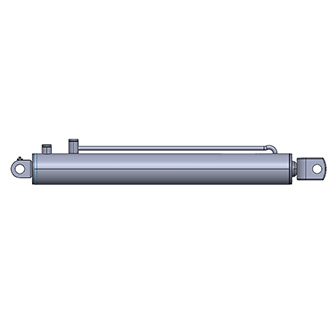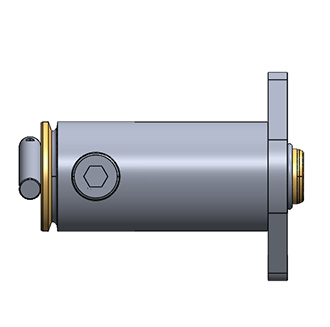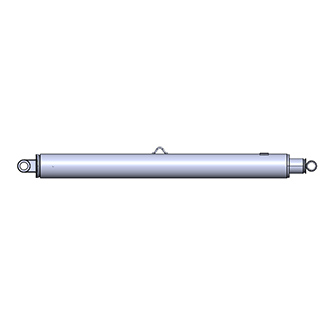Municipal Service Vehicles
Municipal service vehicles are specialized vehicles operated by the government or authorized agencies specifically for urban public management and service functions. They are a vital component of urban infrastructure, with a core mission to ensure daily city operations, maintain public safety, environmental hygiene, and order, and enhance the quality of life and urban resilience of citizens.
Based on their primary function, municipal service vehicles are divided into several categories:
Environmental sanitation vehicles, such as garbage trucks (compression and bucket-type), road sweepers, high-pressure cleaning vehicles, sewage suction trucks, and water sprinklers, are responsible for garbage collection, road cleaning, and sewage disposal.
Public safety and emergency vehicles, such as fire trucks (water tankers, ladder trucks, and emergency rescue vehicles), police patrol cars, and drainage rescue vehicles (such as "dragon water"), are responsible for firefighting and rescue, maintaining public order, and disaster response.
Public facility maintenance vehicles, such as guardrail cleaning vehicles, road maintenance vehicles, snowplows, and landscaping sprayers, are responsible for maintaining urban infrastructure.
Urban management vehicles, such as comprehensive law enforcement vehicles and tow trucks/wreckers, maintain urban appearance and order. Municipal service vehicles are the "lifeline" and "guardians" of a city's healthy operation. Through specialized and mechanized operations, they efficiently deliver essential public services and are an indispensable mobile force for ensuring a safe, clean, orderly, and efficient urban operation. Their development, such as electrification and intelligentization, directly reflects the level of modernization in urban governance.








